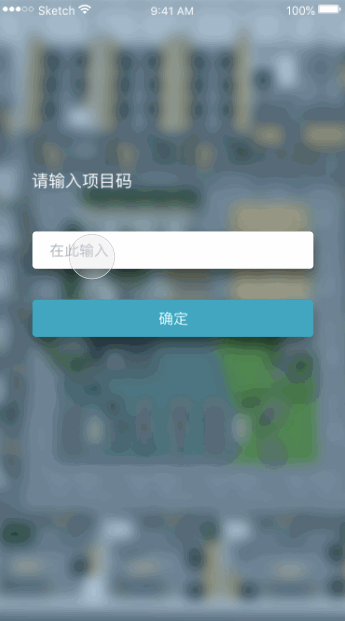Question: to change or not
When you work in the office, your feeling of hot / cold is up to your nature. So depend on your relative feeling of room temperature, the average room temperature may doesn't suit you.
When lots of people work in a big workplace, with a few of traditional dashboards to adjust temperature, what would you do to feel better? Would you ask others before taking any actions?

One Feeling, Different Choices
Questionaires and Data Analysis
We now have to take both temperature sensibility and personalities into consideration. Agreeable people might ask other to change the temperature. Extreme temperature sensible people might just put on more clothes / open a small fan. So this time five factor model personality is introduced to learn more about the users.
After all the data is collected, we use cluster analysis for the data analysis. After the appropriate grouping of all the users, we build a spider chart to visualize these 4 kind of personalities.

Cluster Analysis Result
Persona
Four personas are made based on the user research. This provides further suggestions to the ux design part.
Unlike group no.3 and no.4, a classic room temperature changing app can meet needs of group no.2, which is moderate temperature sensible, and will change it without asking co-workers.
With sufficient data provided, group no.1 might get temperature preference of his / her people around before he / she take some actions.
User Interface Design

Wireframing
It's me who did the UX / UI. I chose a main scheme of gray and teal to coordinate with the map of the office.
Additional thoughts:
Actually I thought historical data doesn't have to be shown on this mobile app. It's better used for analytics, and the average room temperature which is a statistical value can be given to the user for an advice.








